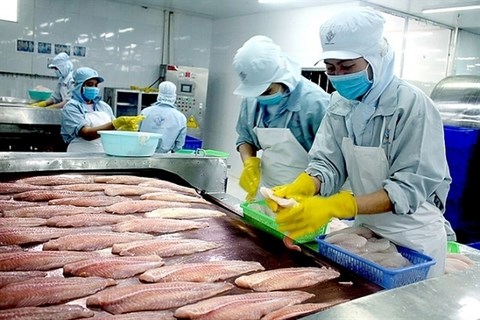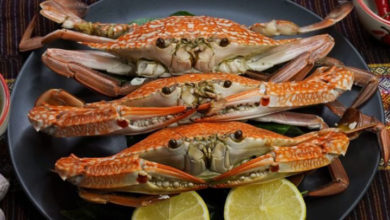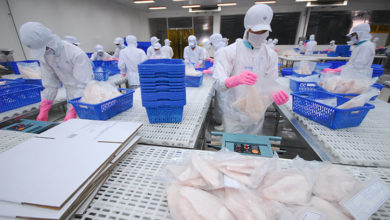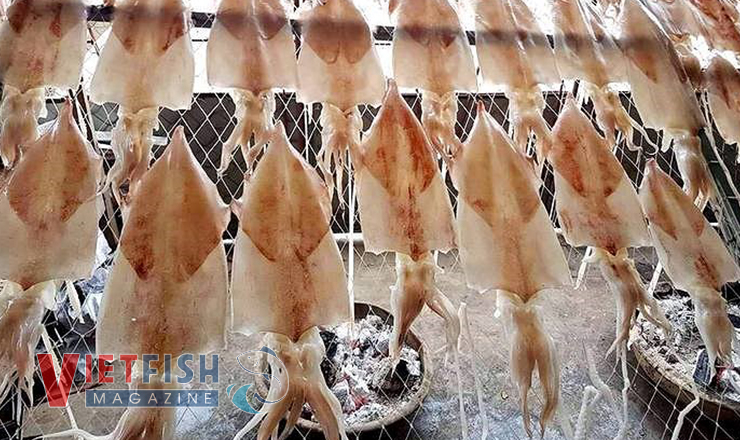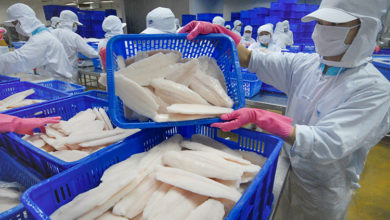Shrimp exports grow 21 percent up to August
Shrimp exports rebounded and grew 21.3 percent as of August over the same period last year, to USD 2.3 billion, thanks to a rise in demand from key import market.
As reported by VASEP, the area of brackish water shrimp farming in the first 8 months of the year estimated at over 679,000 hectares, representing a 4.2 percent growth year-on-year. The yield reached over 363,000 MT, up 21.4 percent over the same period last year.
White leg shrimp represented 64.2 percent of all the shrimp export, from 60.4 percent in the first eight months of 2016. The participation of black tiger shrimp exports declined from 31.4 percent to 24.5 percent and that of marine shrimp grew from 8.2 percent to 11.2 percent. The top 10 main importers included the European Union, Japan, China, the United States, South Korea, Canada, Australia, ASEAN, Taiwan and Switzerland.
Eight months of this year, the EU imported Vietnamese shrimp for USD 483.6 million, increasing by 30 percent year on year. Within the EU, the top 3 largest shrimp importers, the UK, the Netherlands, Belgium, posted the 2-digit growth of 46.5 percent; 47.8 percent and 34.1 percent, respectively.
This is a good sign, which facilitates Vietnam’s shrimp exports to this market in the last months of the year in the context of the Vietnam-EU Free Trade Agreement (EVFTA) is coming into effect. In addition, the EU is stepping up inspections of Indian shrimps and tends to reduce imports from this country. While India is Vietnam’s main competitor in the EU market, imports into the EU from Vietnam expected to rise to offset the decrease in imports from India.
As to the US, this country dropped to the 4th rank in top leading shrimp importer of Vietnam in the first 8 months of this year, to nearly USD 416 million (4.4 per cent). Thanks to the good demand from Asian markets (Japan, China, South Korea) and the EU, Vietnam’s shrimp exports in 2017 are projected to total USD 3.4 billion, which is a 6 percent growth compared to 2016.
VFM


